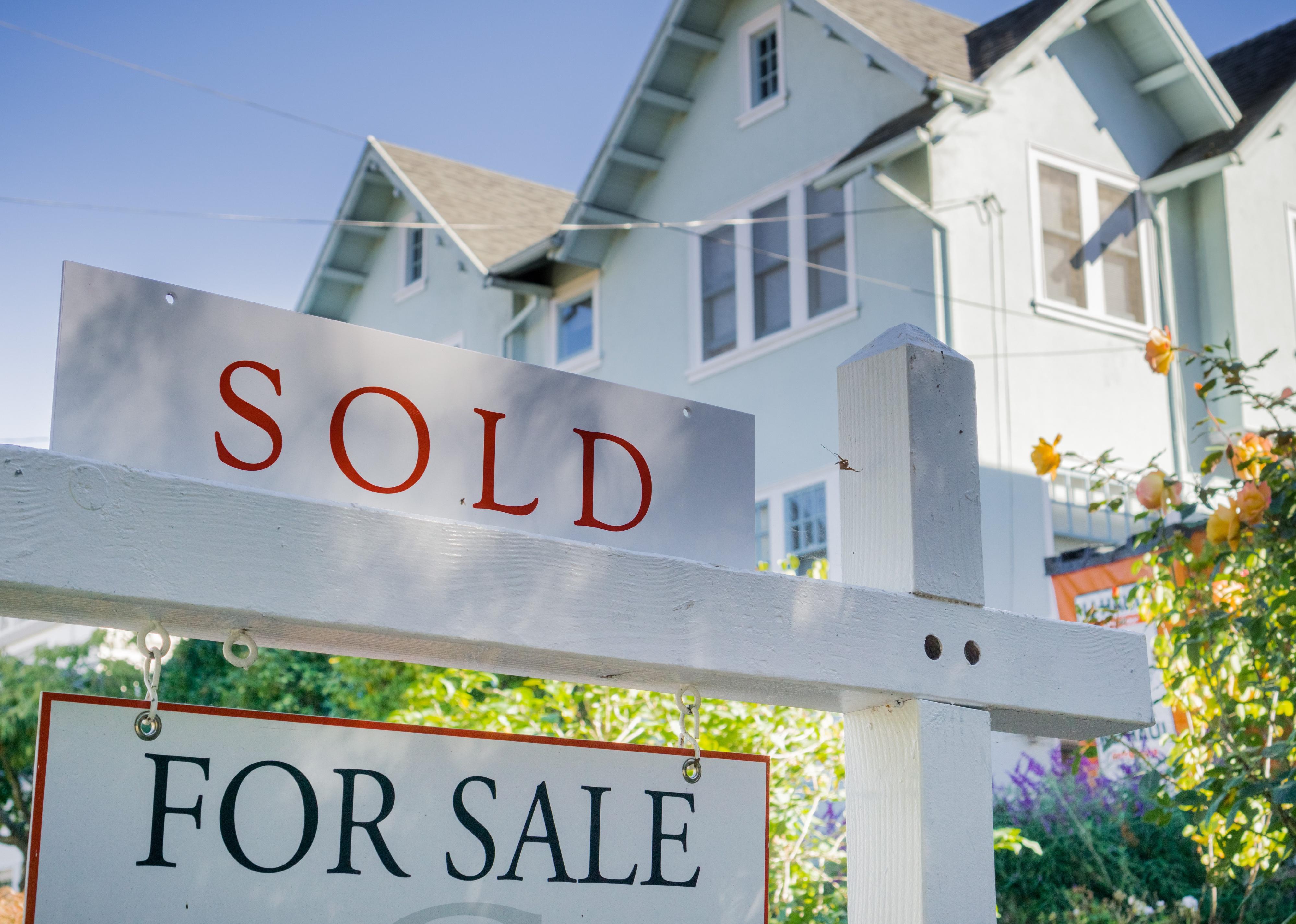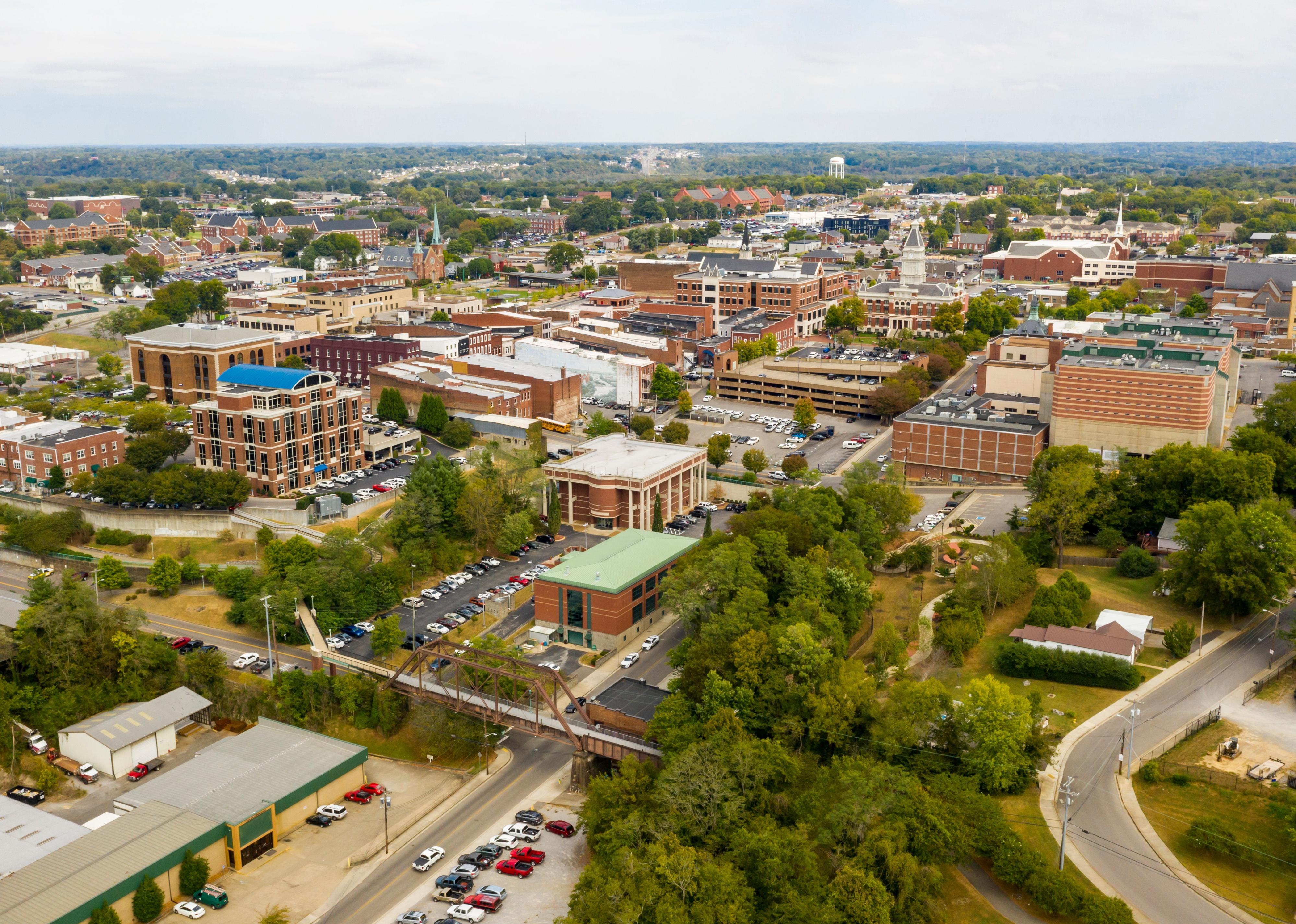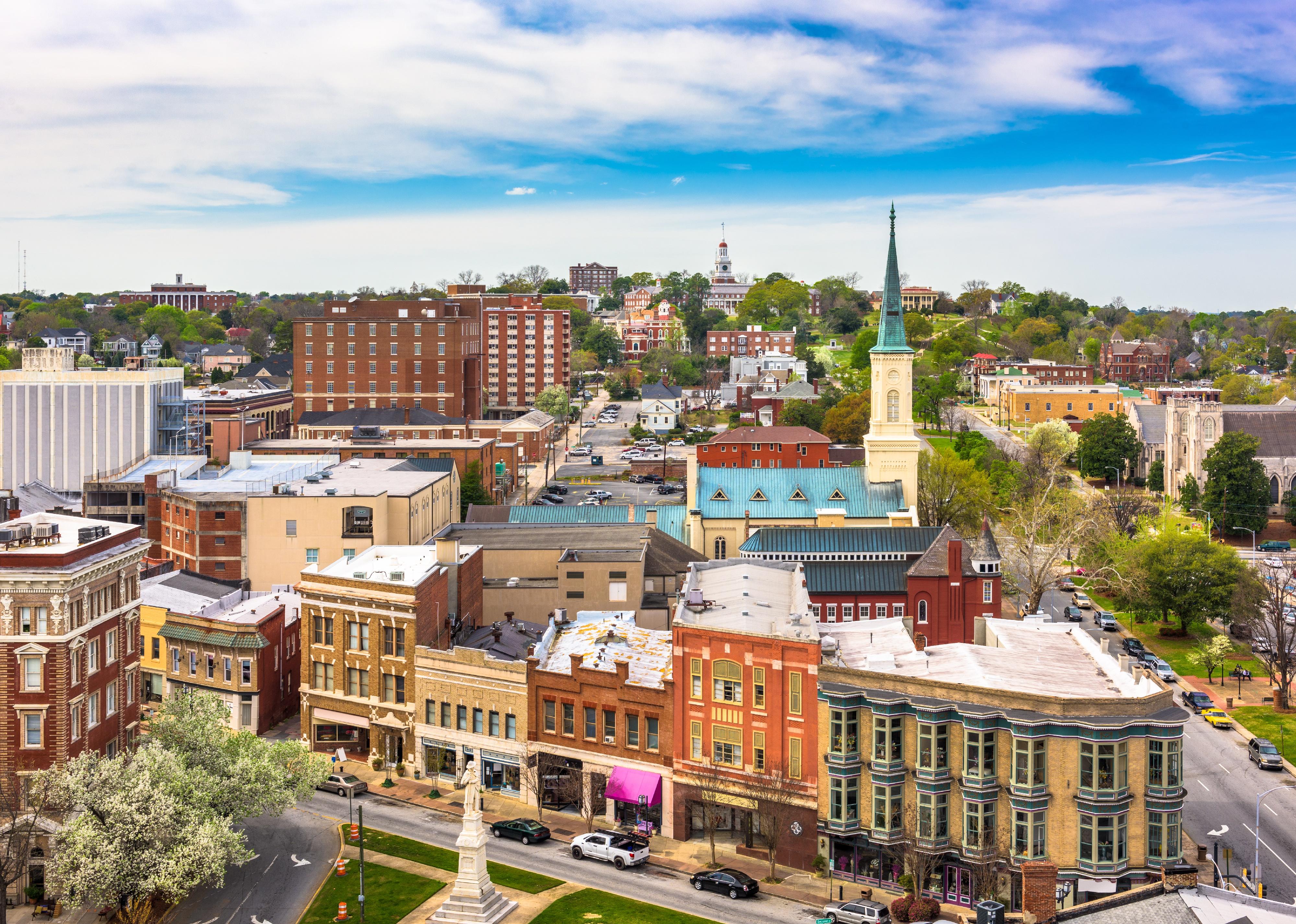10 housing markets where institutional investors are buying the most
Sundry Photography // Shutterstock
10 housing markets where institutional investors are buying the most
Sold sign in front of a house in a residential neighborhood
Rising mortgage rates may keep some homebuyers out of the real estate market, but institutional investors are still diving in to build portfolios of properties nationwide.
Institutional investors are companies or other entities that purchase 10 or more properties in a single year. These buyers bought 1 in 15 single-family homes sold in the third quarter of 2022, or 6.7% of all home sales. While not as high as the 8.4% share recorded at the same time in 2021, it is slightly up from the second quarter in 2022.
Overall, home sellers made less profit in the third quarter, due to less difference between purchase and resale median home prices. Typical profit margins fell to about 55% as quarterly home prices dipped for the first time in nearly three years.
Despite that drop in prices, institutional investors are still buying homes in some markets. Belong analyzed where institutional investors were the most prevalent during the third quarter of 2022, using data from real estate research firm ATTOM Data. To be included, each metropolitan area—which includes a city and its surrounding towns—needed a population of 200,000 or more and must have recorded 50 or more home sales in the third quarter.
In general, metro areas seeing the most investment are smaller cities in the Sun Belt region, which gained popularity during the pandemic and continue to see interest from prospective buyers.
![]()
Sean Pavone // Shutterstock
#10. Indianapolis
Indianapolis, Indiana downtown skyline over the river walk.
-Total institutional investor sales: 1,646
– Percent of all sales: 15.1%
– Change from a year ago: -8%
Indianapolis has been a seller’s market in recent years, with home prices in Marion County rising 18% from 2020 to 2021. The lack of inventory has also put pressure on pricing, even though the city remains relatively affordable.
The metro area’s steady population growth—6% from 2016 to 2021—makes it an attractive target for real estate investment. The area is experiencing high demand for multifamily housing, particularly in the suburbs where property is more affordable. The suburbs also offer more room for popular amenities such as green space and swimming pools.
Tim Roberts Photography // Shutterstock
#9. Phoenix
An aerial view of the Phoenix, Arizona skyline.
-Total institutional investor sales: 3,604
– Percent of all sales: 15.4%
– Change from a year ago: -29%
From 2020 through July 2021, the Phoenix metro area added more than 100,000 people, which requires a lot of housing. During the pandemic, a tight supply of houses and high demand caused prices to skyrocket. Pair that with rising interest rates, and foreclosures are starting to rise again.
While the Phoenix area experienced a drop of 66% in foreclosure auction volume from the third quarter of 2019 to the third quarter of 2022, that metric turned around in mid-2022, with a 150% increase in foreclosure auctions between April and October, according to HousingWire. This increase signals an opportunity for investors.
Sean Pavone // Shutterstock
#8. Lakeland, Florida
Lakeland, Florida downown cityscape.
-Total institutional investor sales: 646
– Percent of all sales: 15.8%
– Change from a year ago: -2%
In Lakeland, the real estate market is still strong. For the year ending in August 2022, median sales prices in Polk County rose 27.7% to $313,409.
Lakeland’s suburbs are attractive, too—offering more spacious homes at more affordable prices. Some people are even looking farther out into Polk County, where builders are offering even more for even less. That has helped keep the metro area’s affordability in check, as it’s still cheaper to buy a home than it is to rent, according to ATTOM Data.
Kevin Ruck // Shutterstock
#7. Charlotte, North Carolina
Aerial of downtown Charlotte, North Carolina.
-Total institutional investor sales: 1,973
– Percent of all sales: 16.4%
– Change from a year ago: -30%
The boom in Charlotte’s real estate market has put many homes out of reach for even middle-income earners. Median house prices in September 2022 were $420,000, a nearly 54% increase from January 2020, according to UNC Charlotte’s Childress Klein Center for Real Estate. This jump was partly fueled by a population boom that created 66,211 more households in the metro area by 2021.
Rents continue to rise throughout the region, with many cities experiencing double-digit increases year-over-year. In September 2022, the median rent for a one-bedroom apartment ranged from $1,010 in Gastonia to $1,430 in Charlotte.
Real Window Creative // Shutterstock
#6. Clarksville, Tennessee
Aerial view of Clarksville, Tennessee.
-Total institutional investor sales: 318
– Percent of all sales: 16.7%
– Change from a year ago: 42%
Although Clarksville’s housing market has been deemed “overvalued,” sales were up nearly 8% year-over-year in June 2022, and inventory is still tight. Prices also continue to increase, up 30.5% in the metro region in the second quarter of 2022 compared to the same period in 2021. This was the highest price jump in the entire state, according to the Business and Economic Research Center at Middle Tennessee State University.
Clarksville’s metro area saw 6% population growth from 2019 to 2021. Remote working and better high-speed internet access have spurred many new residents to move here from more expensive cities, and millennials jumping into the market continue to fuel demand.
Kevin Ruck // Shutterstock
#5. Atlanta
Sunset over downtown Atlanta, Georgia.
-Total institutional investor sales: 5,188
– Percent of all sales: 16.8%
– Change from a year ago: -33%
Rising interest rates have contributed to a pause in Atlanta’s real estate market. In October 2022, 4,415 homes sold, a 35% decrease year-over-year, according to First Multiple Listing Service data. This was the slowest sales month for the region since January 2020, and the slowest October since 2011.
Institutional investors still see Atlanta as a gem. In November 2022, JPMorgan announced a joint venture with Haven Realty Capital to invest in build-to-rent, single-family homes. The venture kicked off with a deal for 250 homes in three Atlanta metro area communities.
Sean Pavone // Shutterstock
#4. Macon, Georgia
Macon, Georgia downtown cityscape.
-Total institutional investor sales: 200
– Percent of all sales: 17.6%
– Change from a year ago: 125%
The Macon-Bibb County metro area is still highly affordable, according to ATTOM Data. Affording a median-priced home requires only 14% of average local wages, which is the third-lowest percentage in the country.
That competition has led to price increases, which affect not only buyers, but also investors who flip houses. Profit margins on flips in Macon decreased substantially in the first quarter of 2022. The return on investment in this quarter compared to the same time period in the previous year decreased from 120.7% to 50.9%.
Sean Pavone // Shutterstock
#3. Tucson, Arizona
Tucson, Arizona downtown skyline with Sentinel Peak at dusk.
-Total institutional investor sales: 955
– Percent of all sales: 18.1%
– Change from a year ago: -12%
Higher interest rates have led to less inventory in Tucson’s real estate market. Homeowners are staying put, and builders have slowed down on building new homes. Permits were down 16% to 2,812 in the first half of 2022.
Many would-be buyers have to rent, which has put upward pressure on rent prices. In 2022, monthly rents are up to 50% higher than they were a year ago. Apartment complexes and single-family homes in build-to-rent communities are in high demand throughout the area.
ESB Professional // Shutterstock
#2. Jacksonville, Florida
Jacksonville, Florida downtown city skyline on St. Johns River.
-Total institutional investor sales: 1,481
– Percent of all sales: 18.3%
– Change from a year ago: -16.0%
The Jacksonville metro area gained nearly 26,000 residents from July 2020 to July 2021. That migration helped fuel the demand for housing in the region during the pandemic. Investors saw the opportunity and have made Jacksonville one of the top metro areas for residential real estate investing. In the second quarter of 2022, investors paid an average of $290,000 for a home, the lowest among all major metro areas in Florida. The area may be cooling off a bit, however, as sellers are starting to reduce prices amid decreased demand.
Sean Pavone // Shutterstock
#1. Memphis, Tennessee
Memphis, Tennessee downtown skyline.
-Total institutional investor sales: 1,326
– Percent of all sales: 19.7%
– Change from a year ago: 10.0%
High demand and low inventory fueled construction in the greater Memphis area, but more homes and rental apartments are expected to come on the market over the next few years. Several projects are in the works in downtown Memphis to build hundreds of new rental units. Southeastern suburb Collierville is also experiencing a building boom, with plans for about 500 homes to hit the market in the next three years.
Investors may not have to wait for those projects to finish to get good deals in this market. Inventory in October 2022 was at its highest point in two years, with 3,054 units on the market.
This story originally appeared on Belong Home and was produced and
distributed in partnership with Stacker Studio.
















